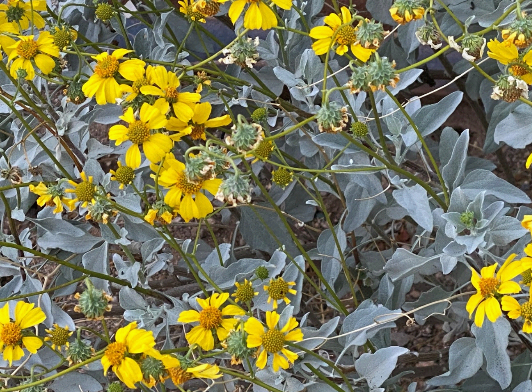One plant that has always amazed me in the Sonoran Desert is the Brittlebush. No matter how little rain falls nor how hot it is, this bush produces a lush crop of flowers.
Brittlebush, Encelia farinose, is a bush native to the Sonoran Desert and is a member of the sunflower family. The leaves are long, oval and silver-gray with a fuzzy surface (trichomes). The fuzziness provides protection from excessive heat and cold. The grayish white color reflects sunlight, helping to keep the plant cool. In addition, the fuzziness helps collect any moisture and reduce water loss, which is very important in the desert.
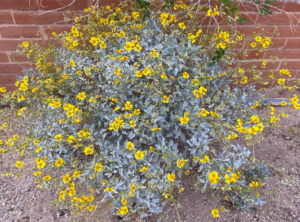
In late winter and early spring, yellow flowers form on long stalks on the outside of bush. Notice their sunflower-like appearance. Their bright color contrasts with the dull tan-gray of the ground.
The common name, brittlebush, refers to the brittleness of its stems. It’s also called incienso because the fragrant resin was dried and burned by early Spanish missions as incense. Brittlebush was used by indigenous and pioneer people. The resin was also used as glue, sealant, varnish and chewing gum. Brittlebush was important in oral hygiene. Cowboys used stems as toothbrushes, while Native Americans used it to treat toothaches.
Brittlebush thrives in dry gravelly to sandy habitats. A sunny site is required along with the well-drained soil. The plant has a shallow taproot and lateral roots to take advantage of any rainfall. It is sensitive to frost, so my bush enjoys the protection of my backyard wall.
The profusion of blossoms is an important food source for a variety of animals. Once they fade away, thousands of seeds will be produced, another food source.
I hope that some of my bush’s offspring will germinate in my yard, creating more magnificent bushes.
Thank you, Brittlebush, for providing a bit of vibrant color in my life.
BOOK NOTE: If you love plants as much as I do, I hope you’ll check out my fun science books on plants, especially Queen of the Night: The Night-blooming Cereus, which is all about the very unusual Sonoran Desert flowering plants that bloom all together on one night per year!
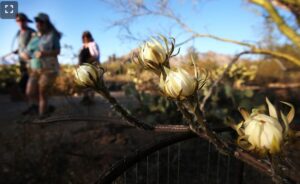
It happens in June or July every summer and people come out by the hundreds to see these magnificent beauties bloom together. More to follow about the 2021 expected bloom dates. Learn all about the Night-blooming Cereus before they bloom this year!
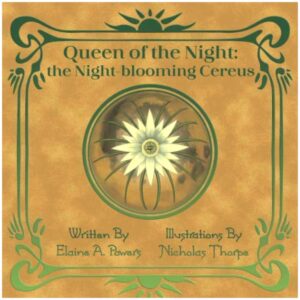
Also, to enjoy a tale of friendship and learn more about the ecosystems necessary to Bahamian trees, and how seeds find their homes, check out my children’s adventure tale (ages 8+), Grow Home, Little Seeds.
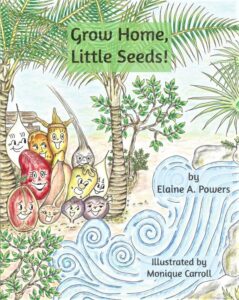
For a humorous take on the Sonoran Desert and its flora and fauna, see How NOT to Photograph a Hummingbird. After the fun, refer to the desert plant and wildlife glossary in the back of the book.
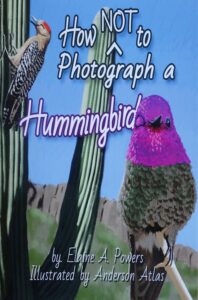
and Animals of the Sonoran Desert
“I’ll have a long-term memory of this visit.
Maybe a permanent one.”
For All Ages
Reading Level Age 8+
26 pages
Glossary of Minerals, Flora and Fauna
Illustrated by Anderson Atlas
A bumbling visitor to Southern Arizona is repeatedly injured when trying to photograph a mischievous hummingbird, as the Sonoran Desert conspires against him.
Have a laugh while enjoying learning about the plants and animals of Southern Arizona.
All three books would be help with science or book reports. And for summer supplemental, educational, and fun activity sheets and workbooks, go to Lyric Power Publishing, LLC.
It’s my calling to help make science fun, and I’m sticking to it!
#elainapowers #sonorandesert #sonorandesertflowers
